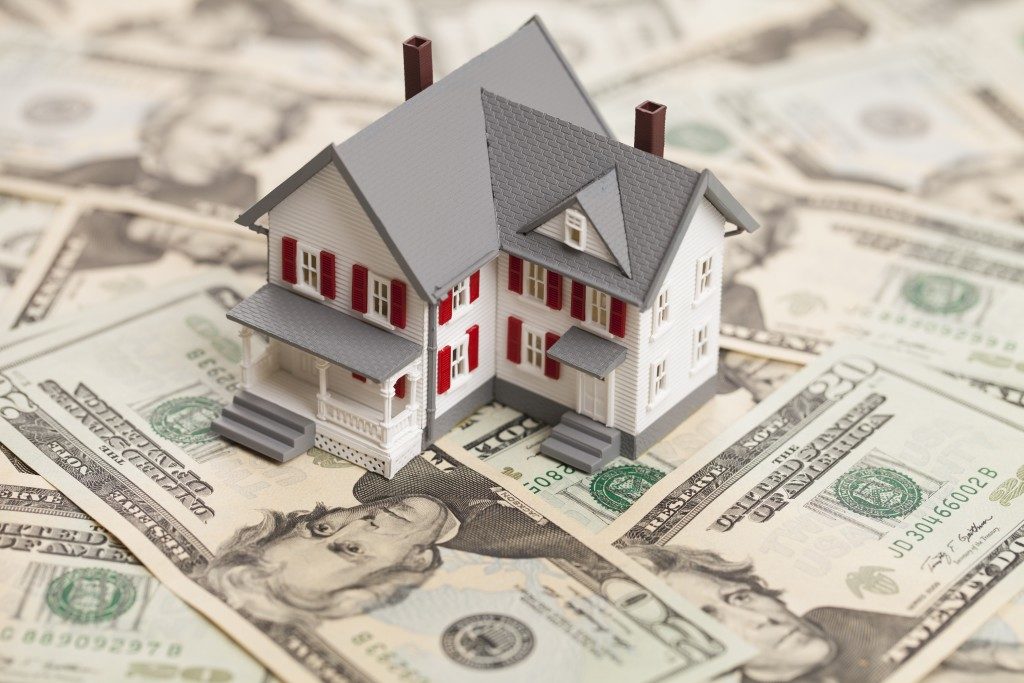New year, new house? The first step to acquiring your dream house is saving up for a down payment. But how much should you really put down on a house? Below are some practical tips to help you choose the right down payment size for you.
Do I have to put 20% down on a house?
While 20% is the common target for a house down payment, you can always choose to pay less. In fact, the average down payment for first-time home buyers is just 7%. Many lenders allow as little as 5% to 0% down.
However, remember that the smaller the down payment, the bigger the loan and the higher the monthly payments. This means a more expensive mortgage in the long run. On top of that, conventional mortgage lenders will require you to pay for private mortgage insurance (PMI) if you put down less than 20%.
Is it always advisable to put a large down payment?

Not exactly, though putting 20% down does reduce your loan size, lifetime interest rate, and monthly payment. It also saves you from paying additional PMI. But the size of your down payment should depend on what’s right for your financial growth. Are you a home buyer with a lot of savings but a relatively low annual income? Then a large down payment would work for you as it would also reduce your monthly payment. However, if you have to drain your savings to put a full 20% down, a smaller down payment is the safer choice.
It may be smarter to put a smaller down payment if your goal is to buy a house now and build equity along the way. After all, you can always opt to refinance which will get rid of PMI in the future.
A mortgage refinance helps you swap your current mortgage with a new one. It reduces your monthly costs and gets rid of PMI as long as you have at least 20% equity and have paid down the mortgage balance to 80% of the home’s original appraised value. Recent studies show that 75% of mortgage refinance applications are approved nationally. Utah tops the list with 82% of applications approved, while North and South Dakota follow closely behind at just over 80%.
Can I avoid PMI without putting 20% down?
Having a PMI is perhaps the biggest downside to paying less than 20% down. In most cases, PMI rates usually range from 0.3% to 1.65% of the initial loan amount. This is charged annually and typically comes as a monthly premium.
To avoid paying additional PMI, you can explore lender-paid mortgage insurance, piggyback loans, or banks with special no-PMI loans. You can also check with your local government if they sponsor grants that offer down payment assistance and subsidies. Do take note that these no-PMI programs are usually applicable to first time or low- to moderate-income home buyers only.
Coming up with a down payment can seem like an impossible goal. Take note that the size of your down payment will depend on other factors such as your lender and your credit qualifications. In any case, having enough savings will keep you from unnecessary stress. As long as you stick to your budget and be smart with your spending, your dream house can become a reality quicker than you think.

